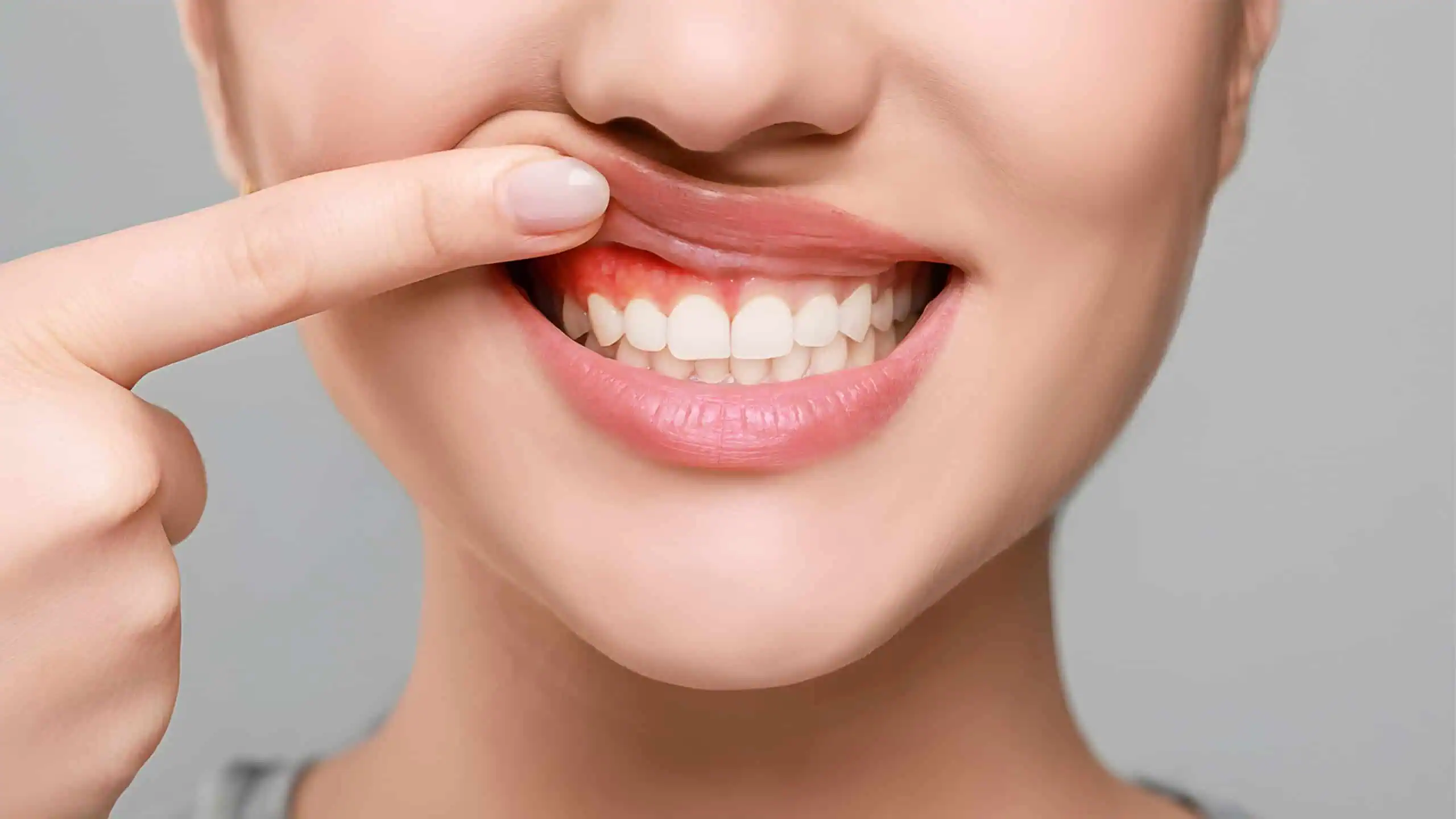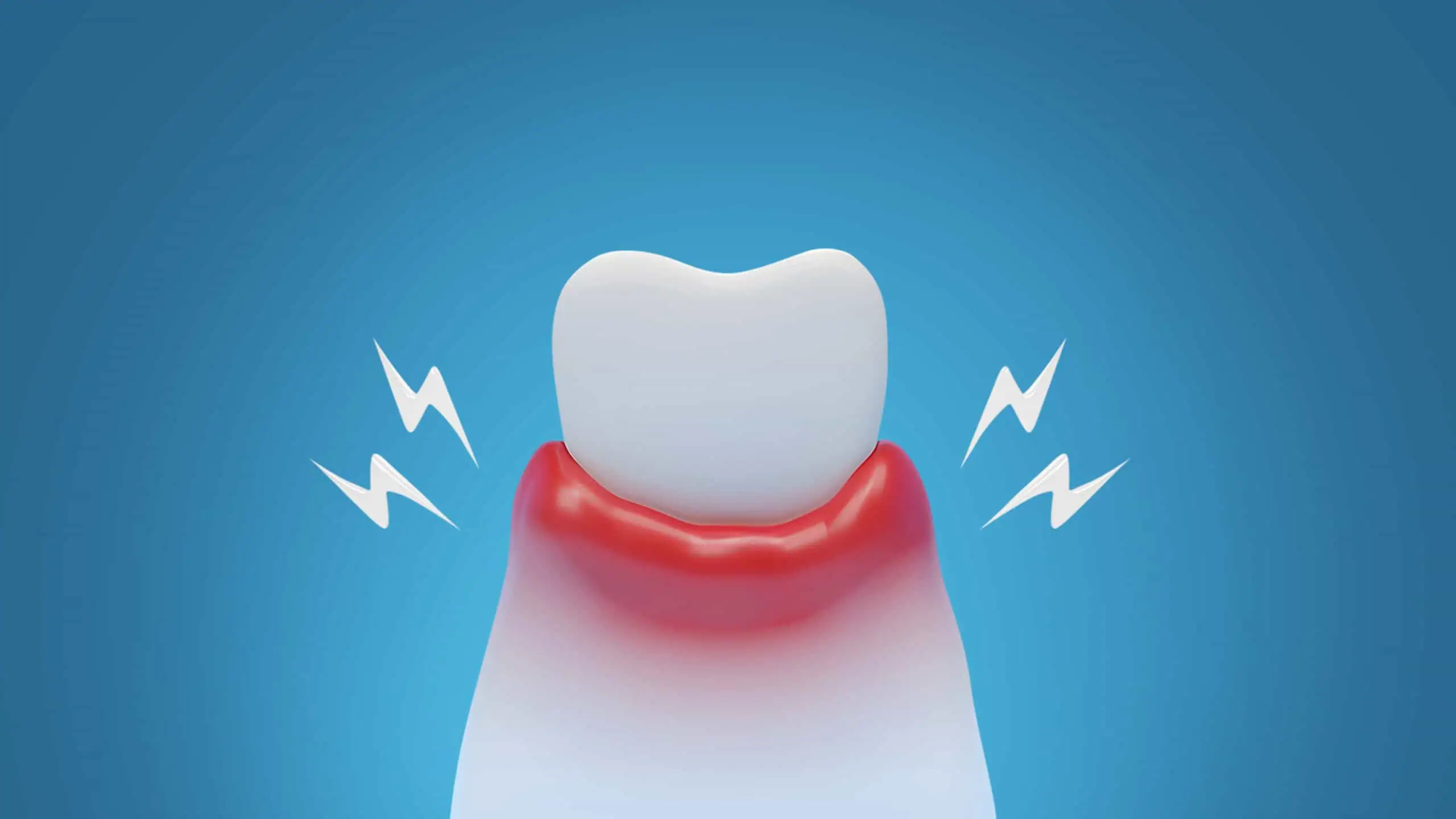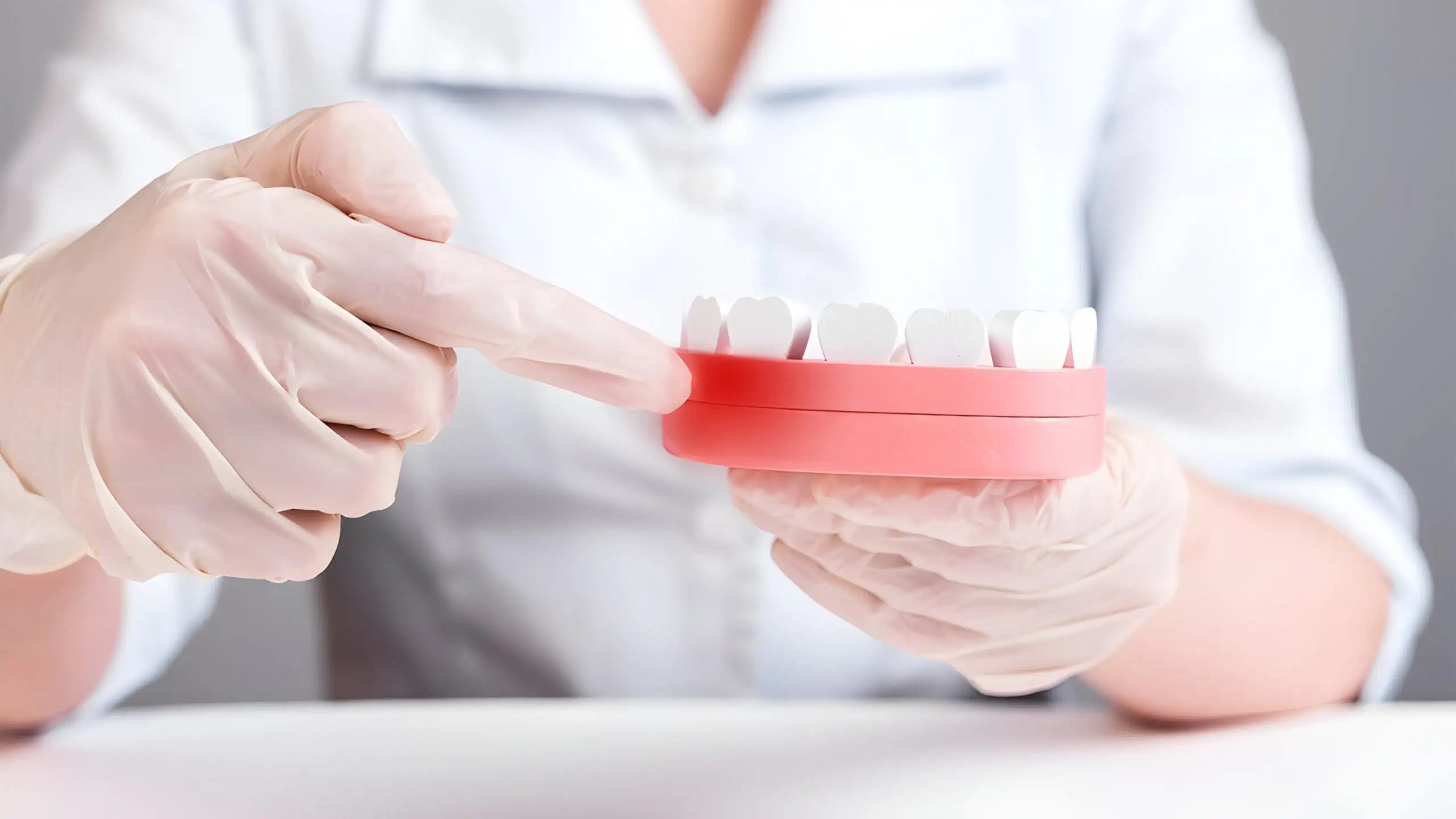Understanding Gum Disease: Causes, Prevention, and Treatment
Nov 22, 2024

Gum or periodontal disease is the leading cause of tooth loss for adults around the world, and it’s more common than you expect. It’s estimated that 19% of the global adult population suffers from some form of gum disease, representing more than 1 billion cases worldwide.
Left untreated, gum disease can lead to a wide array of serious dental conditions, including loose teeth, gum recession, tooth or bone loss, and more. However, probably one of the most dangerous aspects of periodontal disease is how silent it can be at first. In the early stages of gum disease, people don’t even realize there is anything wrong, making regular dental checkups with your local periodontist much more crucial.
Avoid tooth loss and maintain your gum health by learning all about the causes, prevention, and treatment of gum disease.
What Is Gum Disease, Its Symptoms, and Causes?

Gums disease is an infection of the gum tissues supporting your teeth. It often begins as Gingivitis (the early stage of gum disease), characterized by mild irritation to the gums. Left untreated, Gingivitis progresses into a more severe form called Periodontitis, damaging the jaw bones and soft tissue holding your teeth in place. This progression not only threatens your dental health but can also have ripple effects on your overall well-being, and it all starts with poor oral hygiene.
Symptoms of Gum Disease
- Red, Swollen Gums – Due to inflammation, the gums become red and puffy. This is one of the earliest signs of gum disease, and it makes the gums highly sensitive to touch.
- Bleeding Gums – The gums begin to bleed after performing activities that don’t normally cause bleeding, like brushing, flossing, or eating certain foods. A clear indication of inflammation and irritation.
- Persistent Bad Breath – Even if you take proper care of your oral hygiene, advanced stages of gum disease might cause halitosis (bad breath) caused by bacteria buildup in the infected gum tissues.
- Receding Gums – As the condition progresses, gums start to pull away, exposing sensitive areas of the teeth and making them look taller.
- Tooth Decay – When the gums recede, tooth roots become exposed, which are more likely to decay because they lack protective enamel.
- Loss of Tooth – Severe gum disease can eventually lead to tooth loss. The infection weakens the foundation of the tooth, leading to loosening and, eventually, tooth loss.
Causes of Gum Disease
- Poor Oral Hygiene – Failure to take proper care of your oral health leads to plaque buildup on the tooth surface. Dental plaque is a sticky film of bacteria that hardens over time and becomes tartar, which requires professional cleaning to remove.
- Smoking and Tobacco Use – While smoking or chewing tobacco doesn’t directly cause gum disease, it weakens the immune system, reducing the body’s ability to fight off infection effectively, including those in the gums. Nicotine also decreases blood flow to the gums, slowing down the healing process and making gum disease treatment less effective.
- Genetics – Some individuals genetically inherit gum disease, meaning they may develop it even if they take good care of their oral health. This genetic tendency affects how the body responds to bacterial infections in the mouth, making certain people more vulnerable to gum inflammation and bone loss.
- Malnutrition – Diets lacking essential nutrients, particularly vitamin C and other antioxidants, weaken the body’s immune response. Vitamin C is crucial for gum health, as it helps repair tissues and fight inflammation. Without proper nutrients, gums are more vulnerable to infection, inflammation, and slow healing.
- Others – Other causes of gum disease are hormonal changes such as pregnancy, puberty, and menopause. Diabetes and stress are yet another conditions that weaken the immune system and expose the gums to infection.
How to Prevent Gum Disease?

Minimizing the risk of gum disease requires good oral hygiene practices, dental care, and avoidance of harmful substances. Here are five tips to start preventing gum disease:
1- Practice Dedicated Oral Care
Embracing proper oral hygiene practices on a daily basis is the cornerstone of preventing gum disease. Nothing too difficult or time-wasting; brush your teeth twice a day, making sure you also brush your gums gently in a circular motion, which both helps them stay clean of bacteria and increase their blood flow. Combine this with flossing, which removes food particles and bacteria trapped between teeth, which are areas a toothbrush often misses.
2- Use Antibacterial Mouthwash
Antibacterial and antiseptic mouthwashes complement your daily oral care practices by cleaning hard-to-reach areas, killing bacteria, and creating a fresh breath. Look for mouthwashes with ingredients like chlorhexidine or essential oils that specifically target bacteria linked to gum disease.
3- Avoid Smoking
Tobacco use, whether chewing or smoking, significantly increases the risk of gum disease because it restricts blood flow to the gums. This leads to slower healing and creates a perfect environment for harmful bacteria to thrive.
4- Don’t Skip Dental Checkups
Checking up with your dental healthcare professional at least twice a year is crucial to maintaining healthy teeth and gums. Not only is it an excellent opportunity to get dental cleaning for your teeth, but it’s also critical to identifying early signs of gum disease and starting treatment if needed.
5- Eat a Balanced Diet
Sticking to a diet rich in vitamins and minerals is crucial to prevent gum disease and support your immune system, ensuring your body can defend itself against infections. Vitamin C promotes gum tissue health, while vitamin D supports immune function, both of which contribute to healthier gums and a lower risk of periodontal disease.
Gum Disease Treatment

There are several routes to gum disease treatment depending on the severity of the case:
1- Professional Cleaning: Getting regular cleanings removes plaque and tartar, often reversing early gum disease (gingivitis).
2- Scaling & Root Planing: Similar to professional cleaning, scaling removes plaque and tartar, but it goes deeper and cleans below the gumline. Root planing smoothes the tooth root and helps gums reattach to the tooth.
3- Antibiotics: When bacterial infections strike, antibiotics help control the condition and minimize its effects.
4- Surgical Treatments: They include:
- Flap Surgery: Cleans tooth roots and repairs bone damage caused by gum disease.
- Tissue/ Bone Grafts: Used to replace lost or damaged tissue in the jaw caused by gum disease.
5- Laser Therapy: Reduces bacteria and diseased tissue while being minimally invasive and offering quicker recovery time.

Dr. Nabil Mockbil, DDS, BDS
Dr. Nabil Mockbil is the head of Swedish Dental Clinic and one of the most experienced orthodontists in Dubai. By demonstrating incredible skills and embracing a kind attitude, he's proven to be not just a brilliant dentist, but someone you can fully trust with your smile. With 20+ years of experience under his belt and a warm smile on his face, you're search for the best orthodontist in Dubai ends with him.




